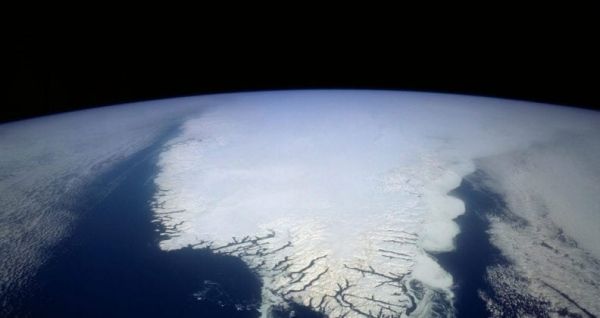The research, published in Terra Nova, examined how distinctive carbonate sedimentary rocks formed over the course of millions of years after the Snowball Earth.
The sedimentary rocks, much like the limestone in tropical oceans today, formed in oceans starved of sand and mud eroded from the land.
Lead author PhD candidate Adam Nordsvan, from the School of Earth and Planetary Sciences at Curtin University, said the new research called into question previous suggestions that the formation of the characteristic rocks took place over a much shorter period of time.
“It was previously thought that these distinctive carbonate rocks were deposited over less than 10 thousand years, as the sea level rose when the ice that covered the entire globe melted, but we have shown that they were likely deposited over hundreds of thousands to millions of years following the sea-level rise,” Mr Nordsvan said.
Continue reading at Curtain University
Image via NASA


